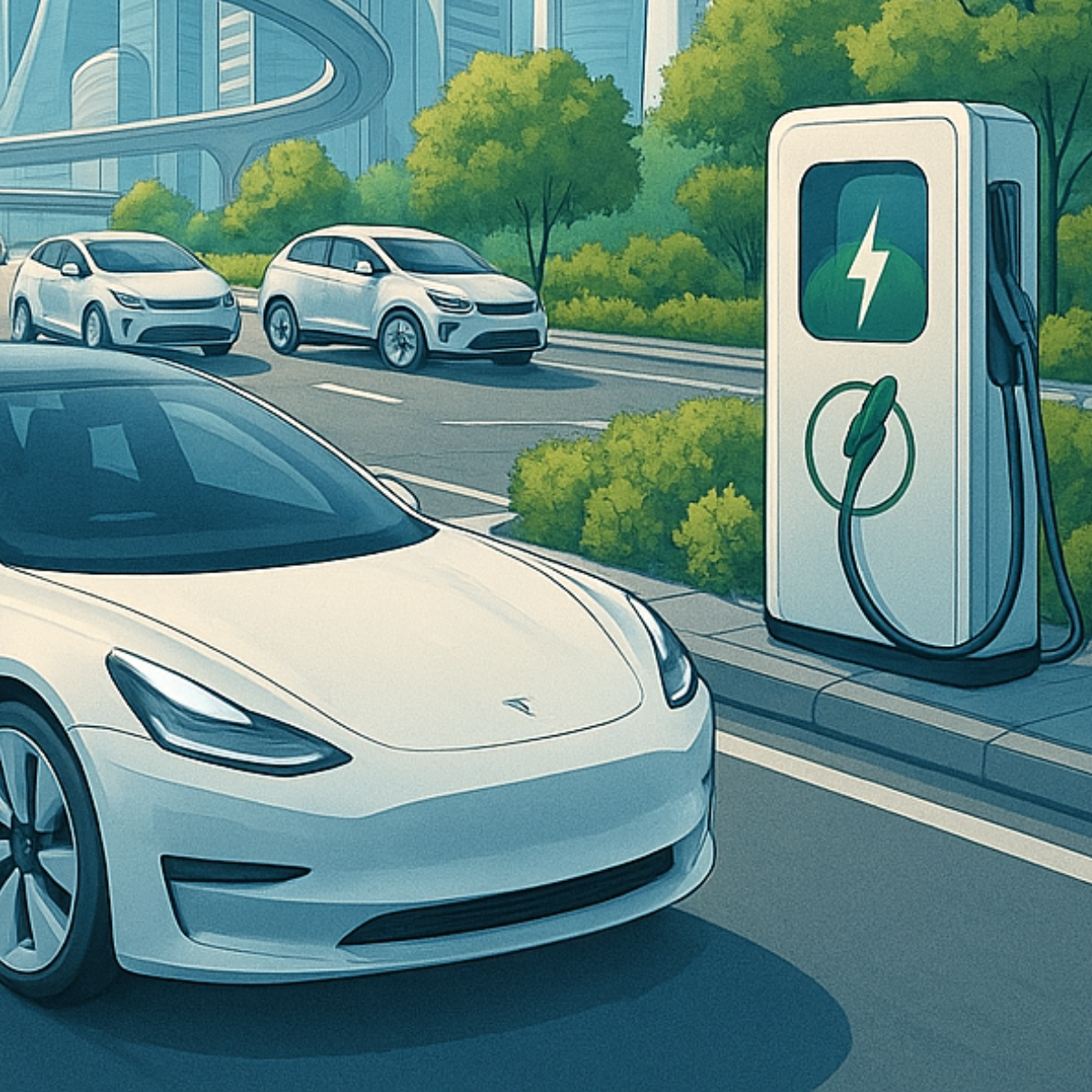The transition to Electric Mobility continues to accelerate. The need for reliable, safe, and cost-effective EV charging infrastructure is becoming more urgent than ever. Recent events and updated federal projections have placed a spotlight on the critical role that residential and multi-unit residential buildings (MURBs) or multi-unit dwellings (MUDs) play in supporting EV adoption — and the consequences of falling behind.
A WAKE-UP CALL FROM ESA
In July, Ontario’s Electrical Safety Authority (ESA)1 conducted targeted blitz inspections of residential EV charger installations in Toronto. The results were startling: more than 400 EV chargers were found installed in single-family homes without the required permits. This alarming number raises concerns about homeowner safety, regulatory compliance, and the speed at which the market is outpacing infrastructure readiness.
The rise in unauthorized installations is symptomatic of a larger issue: the lack of streamlined, cost-effective, and code-compliant solutions for residential EV charging, particularly in multi-unit dwellings (MUDs) like condominiums and apartment complexes.
THE GOVERNMENT'S PUSH FOR EV-READY BUILDINGS
In response to rising EV adoption, the Canadian federal government has outlined aggressive strategies to retrofit existing buildings and to ensure new constructions include integrated EV charging infrastructure. According to Natural Resources Canada’s (NRCan) “Updated Projections of Canada’s Public Charging Infrastructure Needs”2, making homes and MUDs EV-ready is not just a matter of convenience — it’s a financial imperative.
Charging overnight at home is the most convenient and cost-effective option for EV owners; and the best option for Local Distribution Companies. However, if homes and apartments are not equipped to support charging, the resulting increased demand for public infrastructure could result in billions of dollars in avoidable costs.
NRCan’s projections illustrate this clearly: under a low-retrofit scenario, an additional $3.8 billion would be required to expand public charging infrastructure. In contrast, a high-retrofit scenario, in which 900,000 apartment/condo parking stalls are upgraded for EV charging would cost significantly less, even when including the installation of Level 2 (L2) chargers.
The conclusion is clear: retrofitting residential spaces is not only necessary, but also more economical. But how can building owners and developers implement these retrofits efficiently and affordably?
MEET THE I-METER EVCMC-TR: A SMARTER EV CHARGING SYSTEM
This is where Intellimeter’s i-meter® EVCMC-TR comes in. Designed to meet the growing demand for EV-ready infrastructure, the EVCMC-TR offers a streamlined, charger-agnostic metering system that ensures code compliance, simplifies installation, and empowers residents to bring their own EV charger.
Unlike traditional installations that require a dedicated EV charger at every parking stall, the i-meter® EVCMC-TR provides a Level 2-ready circuit without the need to include the charger itself. According to recent estimates, a complete retrofit with a pre-installed charger can cost up to $2,200 per apartment or condo parking stall. In contrast, using the i-meter® EVCMC-TR brings that cost down to approximately $1,200 per stall for the end user — a significant reduction of $1,000 per space.
By integrating the EVCMC-TR, building owners and developers can deliver EV-ready infrastructure at a significantly lower cost, while also providing residents with the flexibility to choose the EVSE that best suits their vehicle and preferences.
EMPOWERING HOMEOWNER ASSOCIATIONS AND PROPERTY DEVELOPERS
One of the biggest barriers to EV infrastructure upgrades in condominiums and apartment buildings is cost, both upfront and ongoing. The i-meter® EVCMC-TR helps overcome these barriers by:
- Reducing capital expenditure by eliminating the need for costly proprietary chargers.
- Simplifying permitting and inspections, ensuring installations meet ESA and utility requirements.
- Offering flexibility for homeowners to select their own charger brand, speed, and features.
- Supporting load management strategies, helping buildings avoid costly electrical service upgrades.
By choosing a metering-first approach with the EVCMC-TR, developers and property managers can future-proof their buildings while minimizing budgetary strain.
A SAFER, MORE SUSTAINABLE PATH FORWARD
The recent ESA inspections serve as a reminder that compliance and safety must remain top priorities as Canada’s EV market grows. With pressure mounting to meet zero-emissions targets and demand surging for at-home charging, cutting corners is not an option.
Intellimeter’s i-meter® EVCMC-TR offers a safe, reliable, and future-ready alternative to traditional EV charger installations. It empowers buildings to meet regulatory standards while offering residents the flexibility they desire — all at a lower cost.
CONCLUSION
Canada’s EV infrastructure is evolving quickly, and decisions made today will shape the transportation future of tomorrow. As NRCan’s projections show, proactive investment in home and MUD charging access can result in billions of dollars in long-term savings, ensuring that EV ownership is viable for all Canadians — not just those with a private garage.
At Intellimeter, we’re proud to be part of this transformation. The i-meter® EVCMC-TR is more than just a product — it’s a smarter, safer, and more sustainable system for the electrified future.
1 Electrical Safety Authority (ESA), Ontario. Inspection Reports, July 2024.
2 Natural Resources Canada. Updated Projections of Canada’s Public Charging Infrastructure Needs. Government of Canada, 2023. Available at: https://natural-resources.canada.ca/.../24504


